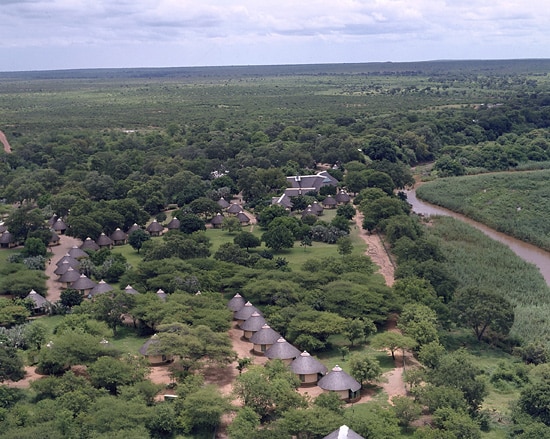
Large oasis in mopane tree belt
Letaba is a green oasis in the monotone mopane-tree veld dominating the area south of the river. It remains a firm favourite with visitors despite being one of the larger camps.
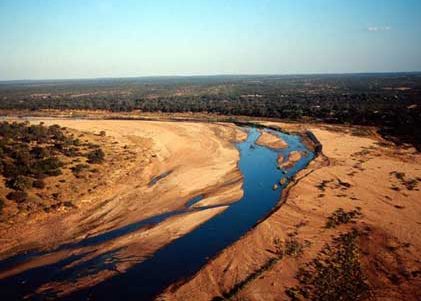
"River of sand"
Thatched rondavels and safari tents are set in Mopane veld on a curving expanse of the “river of sand”. Letaba is midway between the southern and northern extremes of the Kruger and close to the Lebombo mountains forming the South Africa/ Mozambique border.
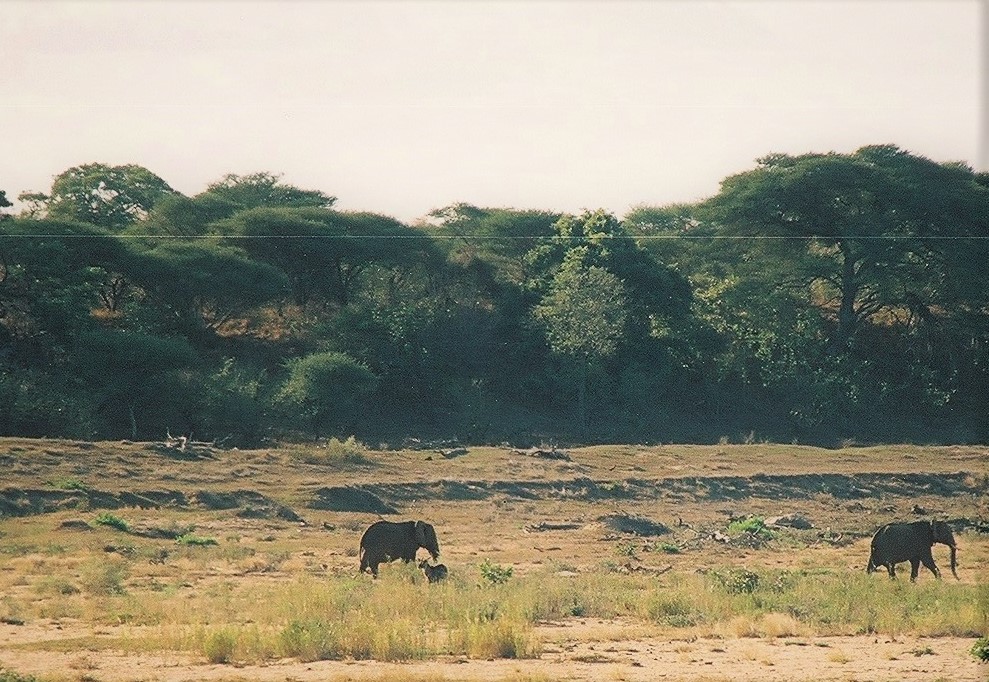
SIGHTINGS FROM CAMP
The riverbed in front of camp provides frequent elephant sightings. Waterbuck and buffalo are plentiful, seen through the fence from the perimeter trail. Lion and cheetah kills have been watched on the sandy banks in front of the restaurant. There is a bird hide.
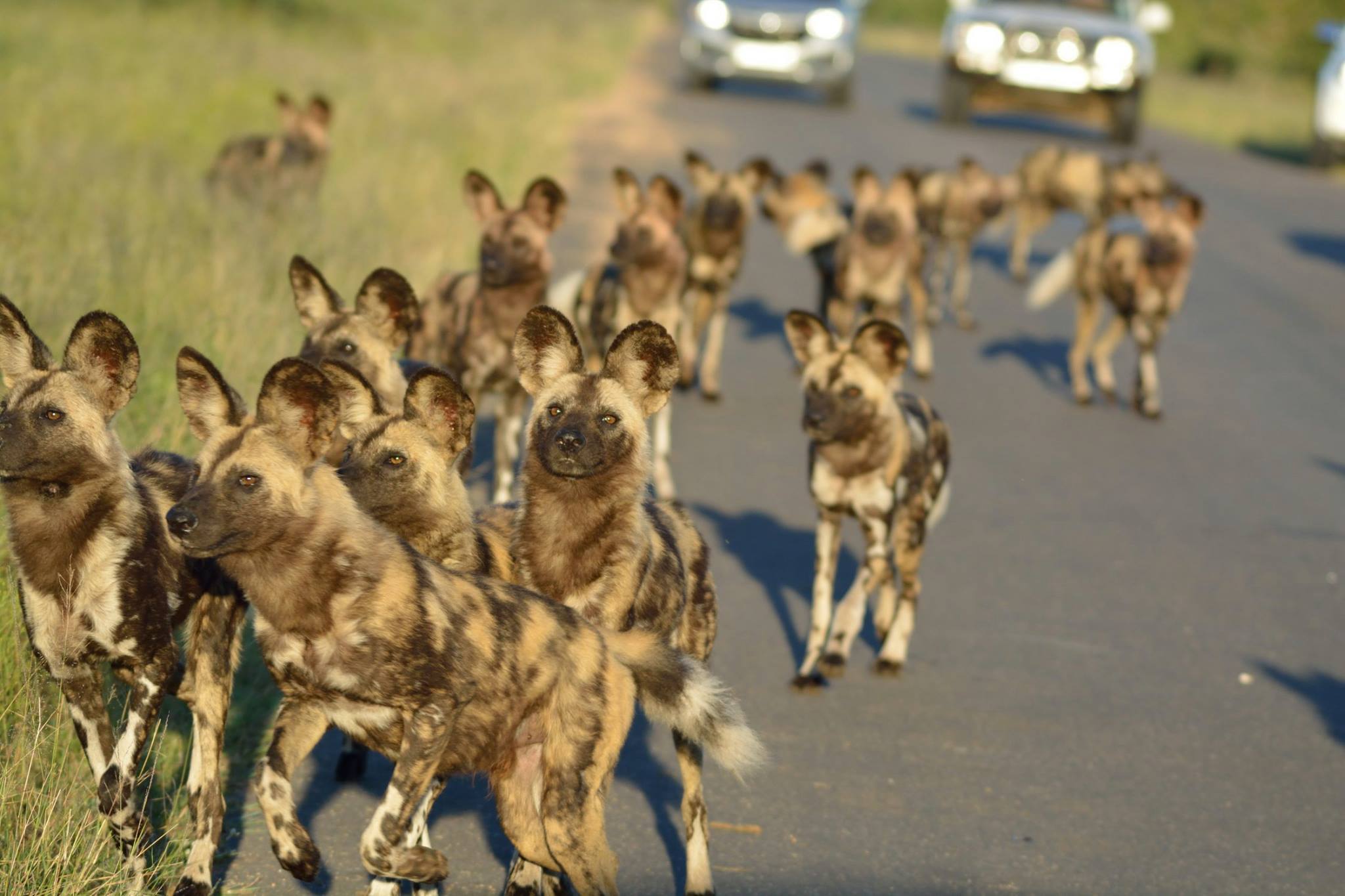
VARIED GAME
Most of the Kruger National Park’s larger mammals can be seen nearby, although it is not good rhino country. Wild dogs are a possibility. Research projects on these highly endangered species have been based here.

OTHER RESIDENTS
The camp itself hosts a healthy population of bushbuck who have become very tame and wander freely amongst the bungalows. Other camp residents include tree squirrels, fruit bats and vervet monkeys. Bear these in mind before leaving food unattended.
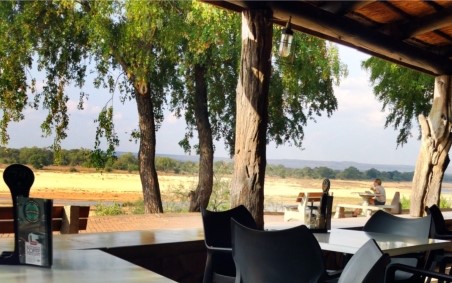
FACILITIES
A wide range of services includes a restaurant with a lovely balcony river view, and a large shop with curios as well as food, medicine and other essentials. As well as a petrol station and, unusually, an ATM, the central sector’s emergency vehicle repair facility is here.
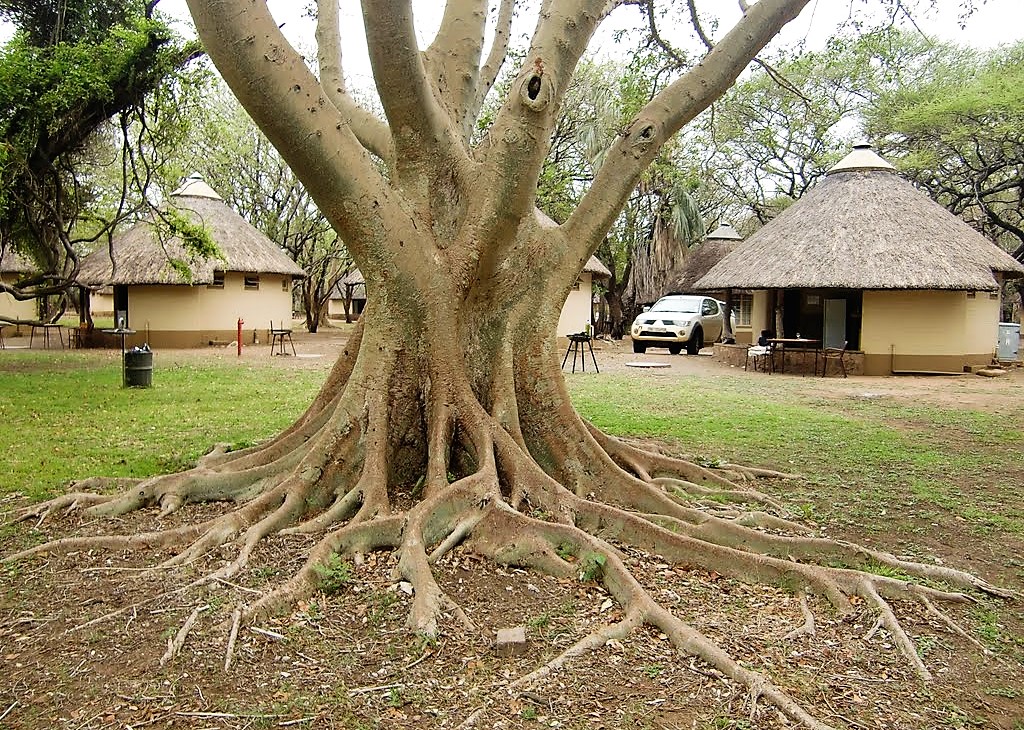
VARIED ACCOMMODATION
Letaba has a wide range of available accommodation including plenty of rondavels sleeping 2-3, and the second largest campsite in the park. Safari tents for two or four people are an upmarket canvas option.
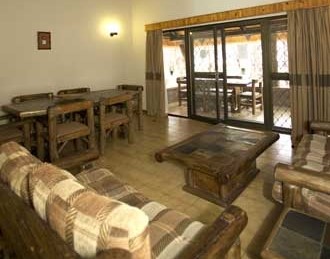
GUEST HOUSES & COTTAGES
There are two sponsored Guest Houses (Melville, sleeping 9, and Fish Eagle, accommodating 8), and ten six-bed Cottages.
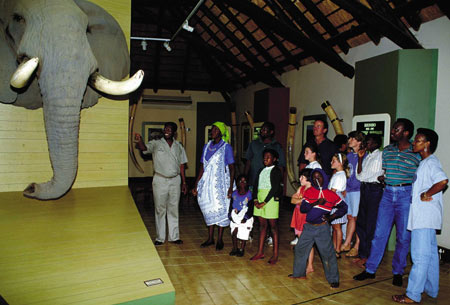
ELEPHANT HALL
Letaba Elephant Hall offers a display of the tusks of the historic “Magnificent Seven” giant elephants. There is a comprehensive array of information covering pachyderm distribution, social structure, ecology, morphology, physiology, origin and evolution, as well as their relationship with humans.



